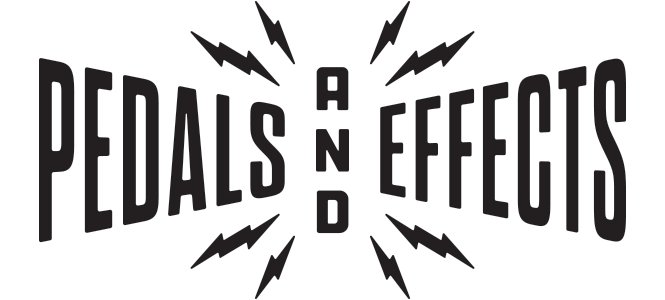Bass Players: Direct Box vs. Microphone
/Music production is evolving at lightning speed, and, as a bassist, I ask myself all the time if technology is helping or compromising me as a musician. When I first started professionally in the mid 80’s, records, like Racer X’s Street Lethal, were still being released on vinyl. Shortly thereafter, CD's were the norm; then MP3's and now streaming. Music technology has changed just as much as music itself has and although I’ve kept some of my gear from the early days, I always try to stay informed on the latest technology to see how it can enhance my skills and sound as a musician and although I’ve kept some of my gear from the early days (Boss CS-2, Hipshot D’tuner, drum machine), I always try to stay informed on the latest technology to see how it can enhance my skills and sound as a musician.
It’s not just about staying on top of what’s new, it’s about being able to compare new and old tools and techniques and figure out what (or which combination of things) will help you get the best results. In the past, sound engineers used both a direct box and a microphone when recording or doing live sound for bassists and other musicians. Sometimes I’d prefer to to have only the mic; later on I started liking the combination of both the mic and direct box. Now I find myself using only the direct box, scrapping the mic altogether and using an amp modeler. The thing is, I actually prefer the mic-only approach, because it- combined with a good bass rig andengineer- ultimately produces the best results. It gives you the most accurate representation of the sound you get from yourbass rig (unless your “sound” is the combo). However, I have to keep asking myself if this is the best approach in all situations and figure out what works best in each.
Case in point: during a 2007 Mars Volta tour, we had a live engineer who opted to ditch the mic on my bass rig. He instead placed a direct signal and re-amp’d it in Pro Tools so he could have better control of where and how he would fit the bass into what was, at the time, an eight piece band. The issue is with big, loud bands like The Mars Volta is that there are several microphones open on stage to cover horns, keyboard rigs, guitar rigs and vocals, not to mention the complicated configuration of drum mics. Toss in the mic for my bass rig and the result is a hornet’s nest for live sound engineers because of all those mics on stage. He’s then faced with the challenge of trying to fit all that sound – a wall of sound, if you will- into the PA system. But what if you could eliminate/isolate some of that gear on stage?
When I saw the band Garbage in the 90’s as they were sound checking, I noticed that there were only cymbals and vocals being heard on stage. All of the amps were being input directly and the bass drum and toms were being triggered. This helped the engineer a great deal because he only had the task of getting the overhead mics sounding right for the room, then bringing in the rest of the band and and vocals directly. I see other acts doing this now, especially in the pop world. It really creates clarity among the instruments when going through the PA.
So back in the days when The Mars Volta was an eight piece band, this was the choice: use new technology, or try to convince the engineer to use a microphone? I opted for the direct input approach for one main reason- I wanted to make sure my bass sound came through on the PA system. In the past, I would get frustrated when friends would come up after the show and tell me the bass was washed out in the venue and they couldn’t hear it very well. Since adopting the direct/re-amp system, I have to say I don’t hear those comments anymore. I really have to thank technology for helping me be heard.
How can you achieve similar results? There are some really good plugins for bass available. Line 6 makes great modelers and you can dial in an Ampeg Portaflex or quickly switch to an Acoustic 360 in a second. It sounds great and you can use it for live or recording situations.
The future is now, so remember to keep an open mind to emerging technologies and choose the ones that enhance your sound.
All of the gear I mentioned, and more, (and new soon to be invented gear!) are available on Reverb.com
-Juan











